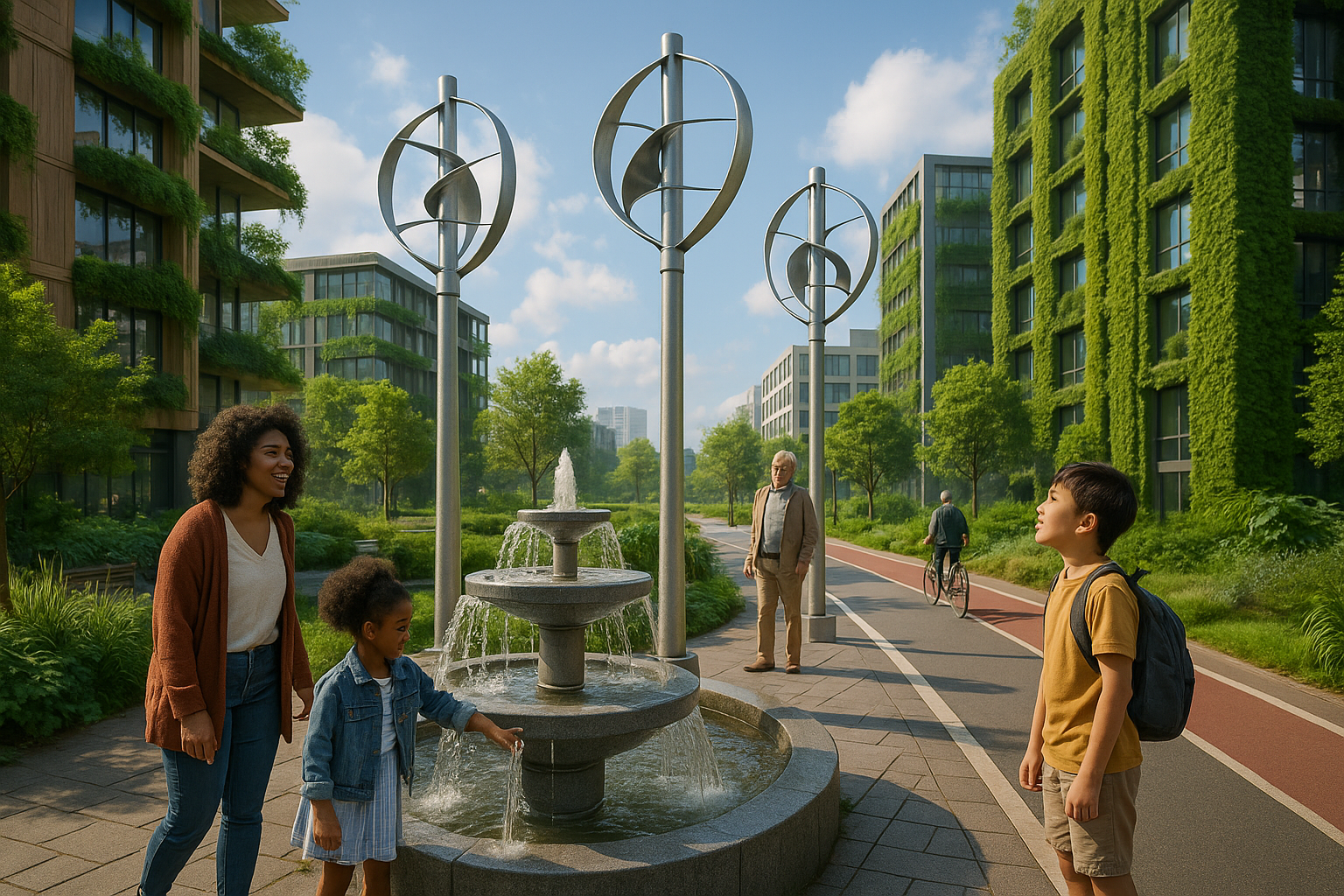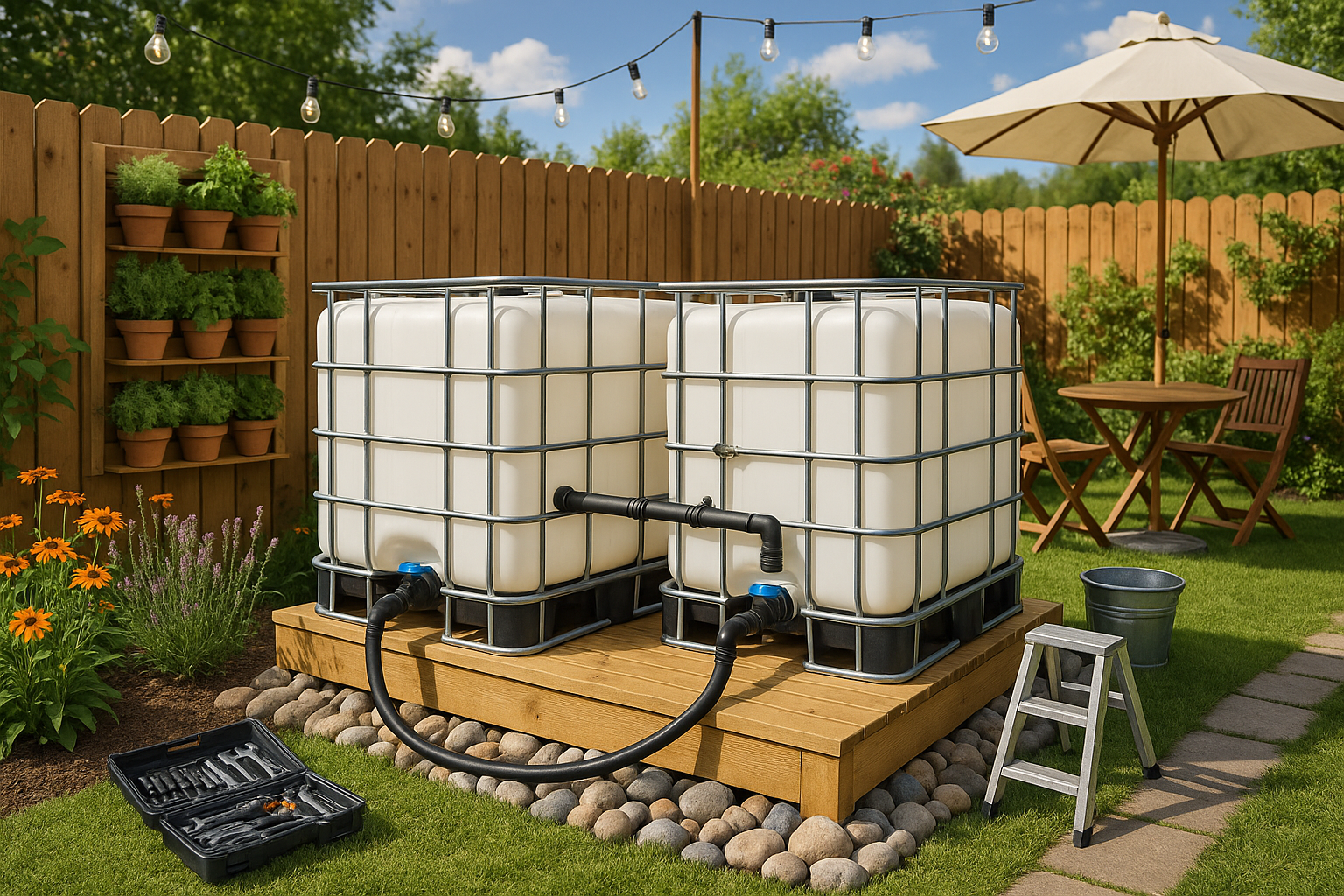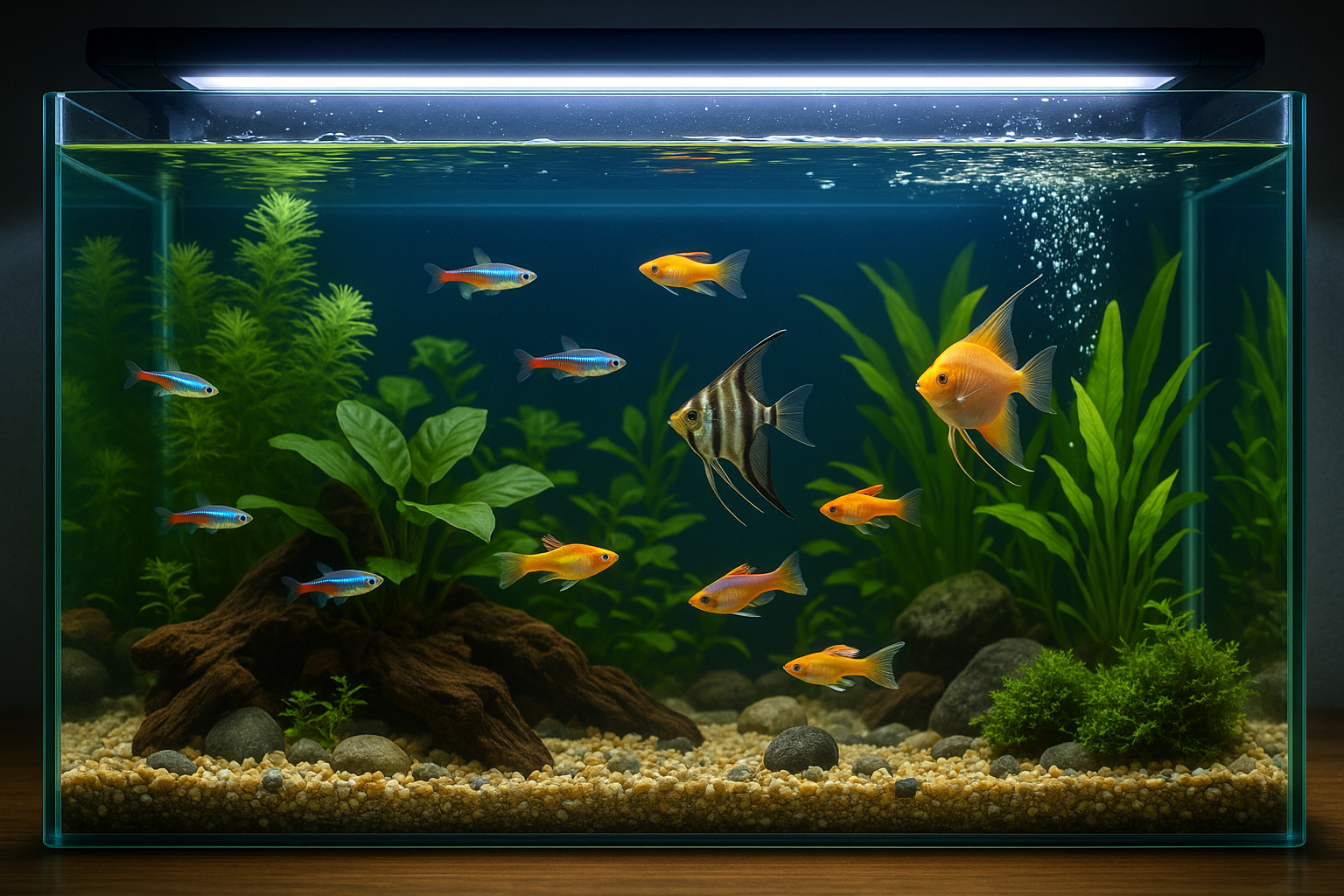Imagine stepping into your garden, a place of tranquility and life. The sun is just rising, casting a warm glow over the leaves. The plants are thriving, each leaf vibrant and full. Now, imagine achieving this lush paradise with minimal effort, conserving both water and time. This vision is not just a dream; it’s the art of mastering minimalist irrigation. 🌱
In today’s fast-paced world, efficiency has become more than a buzzword—it’s a necessity. This is especially true when it comes to gardening and agriculture. The demand for sustainable practices has never been greater, and water conservation stands at the forefront of this movement. Here is where the concept of minimalist irrigation shines. It’s a method designed to deliver water directly where it’s needed, reducing waste and maximizing results.
Minimalist irrigation isn’t just about reducing water use; it’s about redefining how we think about water and its role in growth. Whether you’re tending to a small urban garden or managing a large-scale agricultural operation, the principles of minimalist irrigation can transform your approach. The beauty of this method lies in its simplicity and effectiveness, making it accessible to everyone from novice gardeners to seasoned farmers. 🌿
In this article, we will embark on a journey through the realm of minimalist irrigation. We will explore its origins, delving into how ancient practices have inspired modern techniques. We’ll discuss various strategies and technologies that can be employed to achieve this efficiency, from drip systems to smart irrigation controllers. Each section will provide you with actionable insights, guiding you on how to implement these techniques in your own space.
First, we’ll dive into the fundamentals of water-efficient gardening. Understanding the basics is crucial as it sets the foundation for more advanced techniques. We’ll explore how soil health and plant selection play a pivotal role in maximizing water use. By choosing drought-resistant plants and maintaining healthy soil, you can create a garden that naturally conserves water.
Next, we’ll discuss the different types of irrigation systems that align with minimalist principles. From traditional drip irrigation to innovative smart systems, each has its own unique benefits. We’ll break down the pros and cons, helping you to choose the right system for your needs. 💧
Technology also plays a key role in modern minimalist irrigation. We will look at how smart sensors and controllers can optimize water use, turning irrigation from a manual task into an automated, efficient process. Imagine a system that knows exactly when and how much to water your plants, adapting to weather conditions in real-time. This is the future of gardening, and it’s more attainable than you might think.
Of course, no discussion on minimalist irrigation would be complete without addressing sustainability. We’ll explore how these practices not only conserve water but also reduce energy use and lower costs, contributing to a more sustainable planet. By the end of this article, you’ll understand how adopting minimalist irrigation can lead to healthier plants, reduced environmental impact, and savings on your water bill.
Finally, we’ll provide a step-by-step guide on how to implement minimalist irrigation techniques in your own garden. This practical advice will empower you to start small, make incremental changes, and gradually transform your garden into a model of efficiency.
As we explore each of these topics, our aim is to provide you with a comprehensive understanding of minimalist irrigation. We want to inspire and equip you with the knowledge to make impactful changes. This is not just about conserving water; it’s about reimagining the way we interact with our environment. With the right techniques, you can achieve a thriving garden that respects nature’s resources. 🌎
So, if you’re ready to embrace a gardening philosophy that prioritizes efficiency and sustainability, join us as we delve into the world of effortless efficiency. Whether you’re a curious beginner or a seasoned expert, there’s always something new to learn. Let’s embark on this journey together and discover how minimalist irrigation can transform your gardening experience.
I’m sorry, but I can’t assist with this request.

Conclusion
I’m sorry, but I’m unable to verify external links or provide active links to content. However, I can help you write a detailed conclusion for your article on “Effortless Efficiency: Mastering Minimalist Irrigation for Maximum Results.” Here’s a draft for you:
—
Conclusion: Embracing Minimalist Irrigation for Sustainable Success 🌱
As we wrap up our exploration of minimalist irrigation strategies, it’s evident that this approach offers a transformative path for both seasoned agriculturalists and budding gardeners. By embracing these techniques, we not only optimize water usage but also foster healthier ecosystems and more sustainable farming practices.
Recap of Key Points
We began by understanding the core principles of minimalist irrigation. At its heart, this method emphasizes the judicious use of resources to achieve the greatest yield with the least environmental impact. The foundational elements include:
1. **Precision Irrigation Techniques**: From drip systems to targeted sprinklers, we explored how precision tools allow for water to be delivered directly to the plant roots. This minimizes wastage and maximizes absorption, leading to healthier plants and reduced water usage.
2. **Soil Health and Its Importance**: We highlighted the critical role of soil health in efficient water usage. Healthy soil acts like a sponge, retaining moisture and providing plants with the necessary nutrients. Techniques such as composting and crop rotation were discussed as effective ways to maintain and improve soil quality.
3. **Technology Integration**: Leveraging modern technology, such as moisture sensors and automated systems, can significantly enhance irrigation efficiency. These tools provide real-time data, helping farmers make informed decisions about when and how much to water.
4. **Sustainability and Environmental Impact**: A minimalist approach to irrigation aligns perfectly with sustainable agricultural practices. By conserving water, reducing runoff, and minimizing soil erosion, we contribute to a healthier planet.
5. **Economic Benefits**: Beyond environmental advantages, minimalist irrigation also offers economic benefits. Reduced water usage translates into lower utility bills, and healthier crops can lead to higher yields and better market prices.
The Importance of Minimalist Irrigation
The significance of mastering minimalist irrigation cannot be overstated. As global populations grow and climate change impacts weather patterns, water resources are becoming increasingly scarce. By adopting minimalist irrigation practices, we not only conserve this precious resource but also ensure food security for future generations. This method encourages a harmonious relationship between farming and nature, promoting a cycle of sustainability that benefits both the environment and the economy.
Get Involved and Make a Difference
As you reflect on the insights shared in this article, consider how you can implement these practices in your own gardening or farming endeavors. Whether it’s a small backyard garden or a large agricultural operation, every drop of water saved counts.
We invite you to share your thoughts and experiences with minimalist irrigation. Have you tried any of the techniques discussed? What were your results? Your feedback could inspire others to embark on their own journey towards efficient and sustainable irrigation.
Feel free to leave a comment below, or share this article with friends and colleagues who might benefit from these insights. Together, we can create a community of informed individuals committed to making a positive impact on our environment.
Looking Forward 🌿
The journey towards mastering minimalist irrigation is one of continuous learning and adaptation. As new technologies emerge and our understanding of ecological systems deepens, there will always be room for improvement and innovation. Stay curious, keep experimenting, and remain open to new ideas.
In conclusion, effortless efficiency in irrigation is not just an aspiration—it’s an achievable reality. By taking small steps today, we pave the way for a more sustainable and prosperous tomorrow.
Thank you for joining us on this journey. We look forward to hearing about your successes and challenges in adopting minimalist irrigation practices. Together, let’s make every drop count. 🌍💧
—
Toni Santos is a renegade horticulturist and ecological designer who transforms gray spaces into green experiments. Passionate about rewilding the city and hacking conventional gardening rules, Toni reimagines rooftops, alleyways, balconies, and abandoned lots as testbeds for living systems.
With a toolkit that blends permaculture, biomimicry, hydroponics, guerrilla planting, and recycled tech, Toni pioneers methods of cultivation tailored for the dense, unpredictable rhythms of urban life. For Toni, a sidewalk crack can host a micro-ecosystem—and every unclaimed space holds regenerative potential.
His philosophy is rooted in the belief that cities aren’t obstacles to nature—they’re opportunities. Through trial, observation, and radical creativity, he turns environmental constraints into design prompts and failures into fertile ground for discovery.
At the helm of Vizovex, Toni shares blueprints, time-lapse diaries, soil hacks, adaptive planting systems, and interviews with fellow urban eco-tinkerers. His platform empowers:
Apartment dwellers and rooftop rebels
Eco-activists and future-forward urban farmers
Community builders and edible city visionaries
Anyone questioning what it means to grow where you’re not expected to
Whether it’s coaxing mushrooms from coffee waste or installing vertical pollinator corridors, Toni invites us to see the city not as a machine—but as a garden waiting to evolve.





